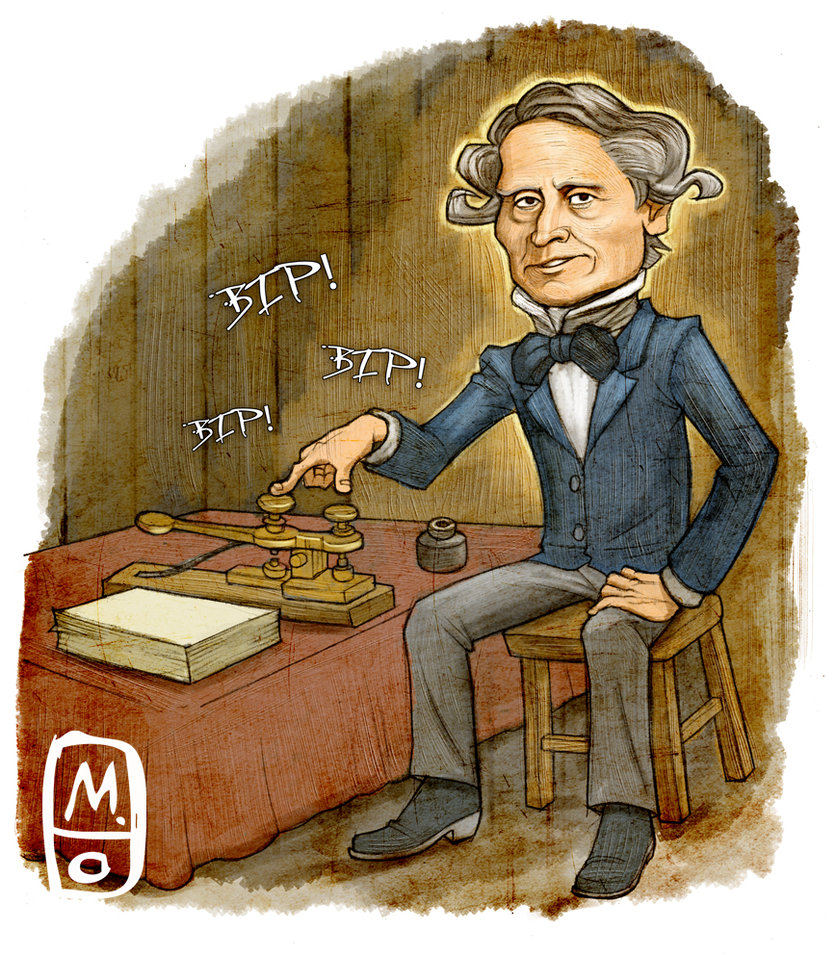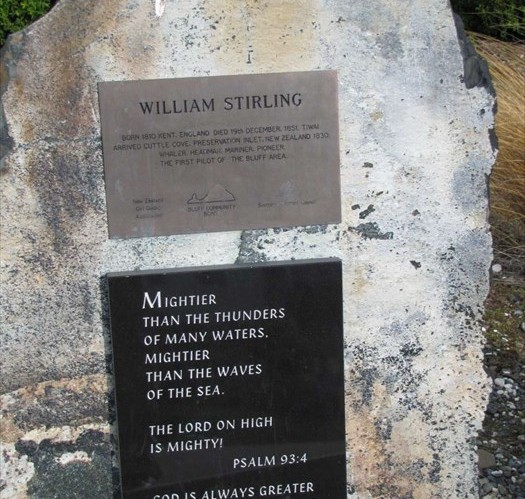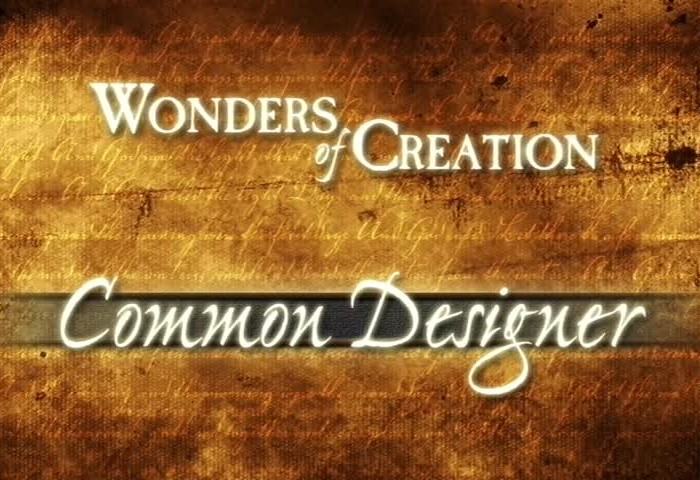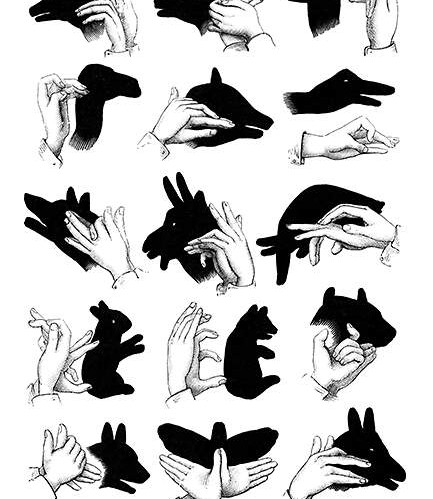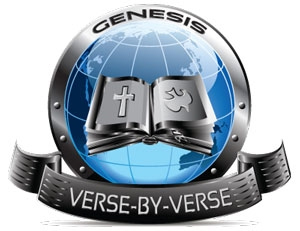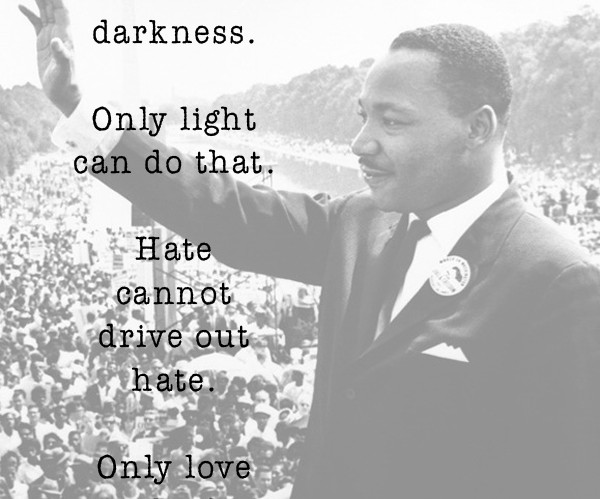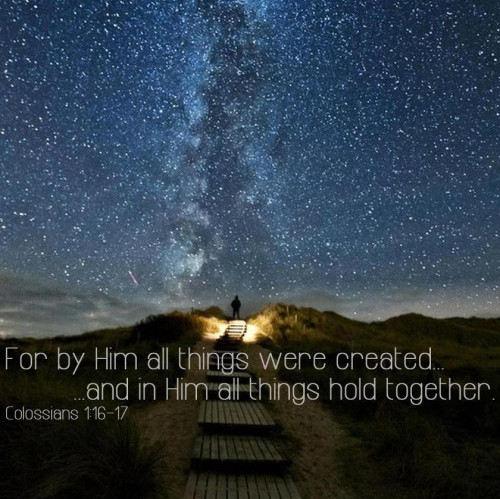Samuel Morse – a Christian scientist who worked unto God
Samuel Morse is a Christian scientist who created a world-changing technology. A full article summarising this can be found on https://answersingenesis.org/creation-scientists/profiles/samuel-morse-the-artist-who-invented-the-morse-code/
The reason to highlight this is because he lived a life unto God, where he didn’t seem to separate his spiritual life with his physical life. What a great example of doing all unto the glory of God. Whatever you do, work at it with all your heart, as working for the Lord, not for human masters, (Colossians 3:23)
It was said of his life that, “Morse remained a humble Christian to the end of his days, describing his life’s work by saying that ’it is His work. “Not unto us, but to Thy Name, O Lord, be all the praise”. 1
He was affected by the lack of communication in his day, personally and on a national level. (Excerpt from Answers in Genesis Article)
In 1811, when he arrived in London as an art student, tensions were high between England and the United States. English ships were attacking American ships believed to be carrying goods to England’s enemy France. Eventually England sought reconciliation but, tragically, while that message was on its month-long journey over the Atlantic Ocean, the United States declared war in 1812. This war ended two years later amid similar confusion. After the peace treaty had been signed, American and English forces engaged in another major battle, not knowing that the war was over.
Slow communication also affected Morse in a more personal way. In 1825, Morse was 500 kilometres away in Washington D.C. when his young wife died suddenly in New Haven, Connecticut. He could not even attend her funeral because it took a week for the news to reach him by mail. However, an electrical impulse travels in an instant. Morse realized that the international and personal problems he had experienced could be eliminated if electricity could be put to use in communication.
Inventing the telegraph and Morse code
Morse conceived of the idea of the single-circuit, electro-magnetic telegraph while on a ship travelling back to the United States from Europe in 1832. With some assistance from Leonard Gale, a university science professor, Morse spent the next five years developing his ideas into a working model. This included the use of a code of dots and dashes for the letters of the alphabet, which became known as the Morse Code. The dots and dashes were transmitted as short and long electrical impulses with gaps in between.
In 1843, Morse made another attempt to interest the American government in financing the telegraph. This time he succeeded. Despite a number of technical difficulties, he successfully built the first telegraph line from Washington to Baltimore within the allotted budget and within the specified time. On Friday May 24, 1844, all was in readiness. The words of the first official message were chosen by a young Christian lady, the daughter of a lifelong friend of Samuel Morse. She chose the words ‘What hath God wrought’ from the Bible (Numbers 23:23) because she recognized that it was God who had inspired and sustained Morse throughout.
- Samuel Morse as quoted in: J. H. Tiner, Samuel F.B. Morse—Artist with a Message, 1987, Mott Media, Milford, Michigan, USA, p. 164.
-
Overall Score
Reader Rating: 2 Votes


